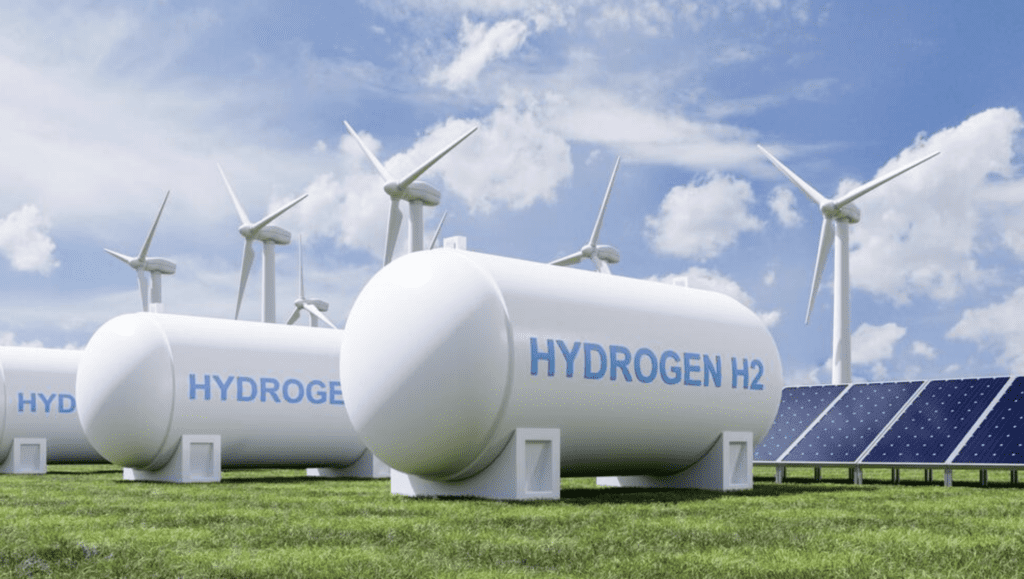Driving the Growth of Clean Hydrogen in the U.S.: Regulatory Challenges and Market Opportunities
Key Ideas
- The U.S. clean hydrogen sector is experiencing significant growth due to its potential in reducing carbon emissions across industries like transportation and chemical production.
- Regulatory clarity is essential to overcome challenges and uncertainty, especially in areas like tax credits and hydrogen pipeline transport.
- Enhancing certification standards and building confidence in clean hydrogen are key to driving demand and accelerating adoption across sectors.
- Unlocking market opportunities domestically and internationally, and strengthening U.S. manufacturing capabilities are crucial for the long-term success of the clean hydrogen industry.
The U.S. clean hydrogen sector is on the brink of substantial growth, primarily fueled by its role in reducing carbon dioxide emissions in industries that are hard to decarbonize, such as transportation and chemical production. The Inflation Reduction Act (IRA) and the Bipartisan Infrastructure Law (BIL) have played significant roles in propelling this momentum forward by offering production tax credits (PTCs) and substantial funding to support clean hydrogen initiatives.
However, as the industry evolves, there are critical regulatory and certification challenges that need to be addressed to accelerate the sector's future. Regulatory clarity is crucial, with the IRS and Treasury Dept.'s proposed regulations on the IRA Section 45V tax credit creating uncertainty due to their stringent criteria for clean hydrogen qualification. This uncertainty extends to the regulatory oversight of hydrogen pipeline transport, where existing laws lack clear federal guidance, posing potential obstacles to planning and development.
To stimulate demand for low-cost clean hydrogen, the Biden Administration has allocated $7 billion to establish seven regional clean hydrogen production hubs across the U.S. These hubs aim to enhance collaboration among stakeholders to accelerate clean hydrogen production, distribution, and utilization by setting robust certification standards to ensure transparency and confidence in the fuel's environmental credentials.
Unlocking both domestic and international market opportunities is crucial for the industry's growth, with the U.S. looking to replace gray hydrogen in various sectors and position itself as a leading clean hydrogen exporter. Additionally, focusing on strengthening U.S. manufacturing, particularly in advancing electrolyzer technology, is vital for reducing production costs and securing a competitive edge in the global market.
In conclusion, while the clean hydrogen sector in the U.S. shows great promise, addressing regulatory challenges, enhancing certification standards, unlocking market opportunities, and strengthening manufacturing capabilities are essential steps for its sustainable growth and widespread adoption.
Topics
Projects
Infrastructure Development
Regulation
Technological Innovation
Domestic Market
Certification Standards
International Market
Market Opportunities
Manufacturing Advancements
Latest News
